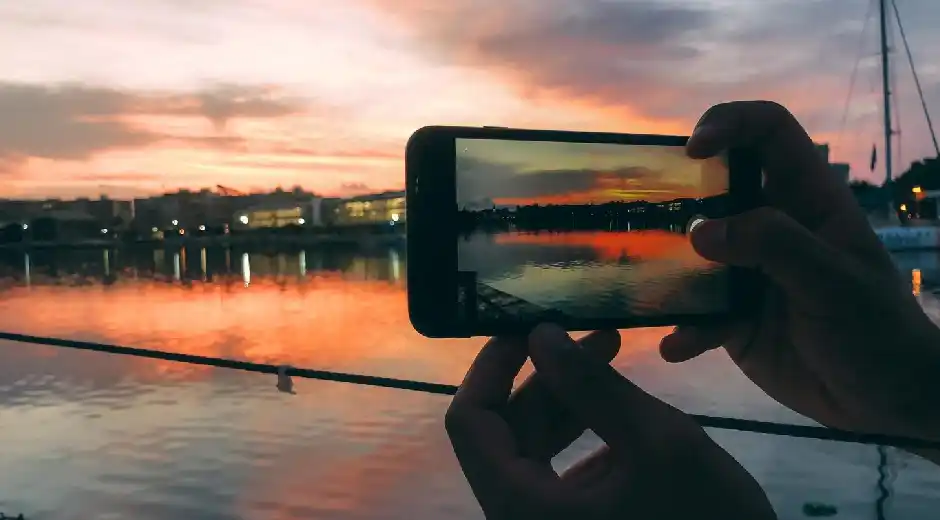The field of filmmaking has experienced, a dramatic change in the last ten years. Previously dominated by large cameras and expensive gear, smartphones have made the craft of filmmaking more accessible than ever. Smartphones have established themselves as valid storytelling tools, producing everything from short films to full length motion pictures. Now, the question arises: is it really possible to shoot a feature film on your phone?
This article examines the emergence of smartphone filmmaking, its benefits, drawbacks, and the reasons it is gaining popularity at international film festivals such as the Canberra Film Festival.
- Accessibility and Affordability
Smartphone cameras have democratised filmmaking. Unlike professional gear, that often costs thousands of dollars, smartphones are comparatively affordable and widely available. Aspiring filmmakers, can now begin their work, without waiting for large budgets or industry support, because of this accessibility.
- The Technology Behind the Lens
Modern smartphones boast features such as 4K resolution, image stabilisation, and advanced editing apps. With the help of these instruments, artists may produce images of a calibre, that can compete with that of professional gear. Smartphones may function as powerful integrated film studios, when paired with external microphones and lighting devices.
- Creative Freedom for Independent Filmmakers
The creative freedom that comes with smartphone filming, is one of its main appeals. Independent filmmakers have the freedom, to try out unusual camera angles, covertly film in public areas and document unvarnished and genuine experiences. Films shot completely on cellphones are now being recognised by festivals like the Canberra Film Festival, confirming their artistic value.
- Notable Films Shot on Smartphones
Numerous highly regarded movies have, already been filmed using smartphones. Tangerine (2015) by Sean Baker and Unsane (2018) by Steven Soderbergh, for instance, shown that gripping narratives, can be adapted to fit any kind of cinema. A new generation of filmmakers, has embraced mobile technology as a result of these triumphs.
- Challenges to Consider
While smartphones are powerful, they do come with limitations. Battery life, storage space, and smaller sensors can affect long shoots. Additional equipment is also needed, to get professional quality sound. Additionally, if footage needs to be merged with conventional camera work, post production may become more complicated.
- The Future of Smartphone Filmmaking
The use of smartphones in movies will only increase, as their technology develops further. Smartphones are no longer viewed as a novelty, thanks to the growth of film festivals devoted to mobile filmmaking and growing acceptance from mainstream platforms. Audiences are starting to see mobile shot films, as significant pieces of art rather than experimental endeavours at the Canberra Film Festival and elsewhere.
Conclusion
Smartphone filmmaking has proven that cinema is no longer confined to those with expensive cameras or studio resources. Despite certain difficulties, its benefits such as price, accessibility and creative freedom, make it a potent choice for storytellers everywhere. The popularity of smartphone filmed features shows that the narrative being conveyed, not the equipment is what counts most. Shooting a feature on your phone is not only feasible but it might soon become the norm as technology develops.






